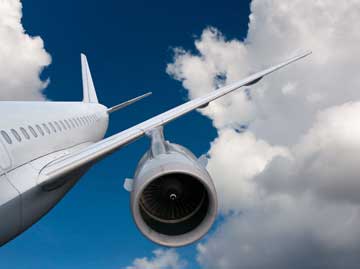
Over the recent summer months, the ATSB has seen an unprecedented increase in turbulence events.
The Australian Transport Safety Bureau’s monitoring of the latest aviation events has revealed a significant increase in the number of weather-related occurrences involving high-capacity air transport aircraft.
“We are seeing a doubling of turbulence and windshear events in passenger operations,” said Dr Stuart Godley, head of the ATSB’s Aviation Safety Research team. “And some of those events are affecting the safety of those in the cabin.”
The number of turbulence and windshear related occurrences involving high-capacity aircraft was significantly above the 5-year historical average.
Turbulence is caused by the irregular movement of air, and often cannot be seen. When air masses with different speeds, direction or temperatures meet each other, turbulence is likely to occur. While turbulence is normal and occurs frequently, it can be dangerous.
The ATSB found that, from October to December of 2013, the number of turbulence and windshear related occurrences involving high-capacity aircraft was significantly above the 5-year historical average, and had actually doubled compared to the previous three months.
“Because they’re weather-related, these events are cyclical,” explained Dr Godley. “We’re used to seeing more of them in the summer, but this increase is unprecedented. We’re especially concerned because there is a correlation between these events and cabin safety issues, especially cabin injuries due to turbulence.”
In fact, turbulence is the leading cause of in-flight injuries to passengers and cabin crew. To help passengers understand turbulence and keep themselves safer, the ATSB has produced a booklet, Staying Safe against In-flight Turbulence, which is available for free download.


